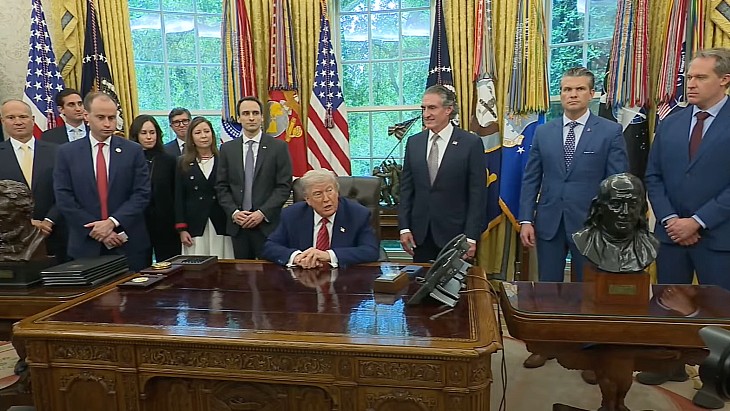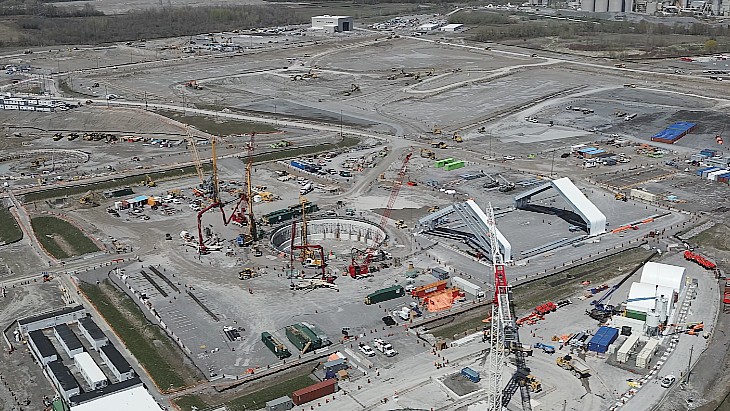Cooperative effort secures plutonium removal
.jpg)
The plutonium, which represents the accumulated residue from about 15 years' worth of samples, was removed from the IAEA's Office of Safeguards Analytical Services (SGAS) Nuclear Material Laboratory in Seibersdorf, Austria, by the US Department of Energy National Nuclear Security Administration (NNSA). Reducing the amount of excess nuclear material at the Siebersdorf laboratory ensures that the IAEA can maintain its flexibility to support nuclear verification and monitoring activities critical to global non-proliferation objectives, NNSA said.
Technical experts from ORNL and Savannah River National Laboratory worked with a team from the IAEA for several years to complete the activities required for the safe and secure transportation of the material to the USA.
IAEA SGAS Director Steve Balsley said the agency is "extremely grateful" to NNSA for supporting the removal. "The success of the project was made possible through methodical planning, in-depth exchanges that laid the technical groundwork, and the productivity of the motivated team of NNSA and IAEA experts," he said.
NNSA's Office of Nuclear Material Removal works with partner nations and international institutions around the world to identify excess nuclear material and implement permanent solutions to consolidate, remove, and/or dispose of these inventories. To date, it has removed or confirmed the disposition of nearly 7,270 kilograms of weapons-usable nuclear material, permanently reducing the risk of a terrorist or other malevolent actor acquiring highly enriched uranium or plutonium for use in an improvised nuclear device.
The plutonium removed from Seibersdorf will be used in sealed sources for non-proliferation research and development efforts, NNSA said.











